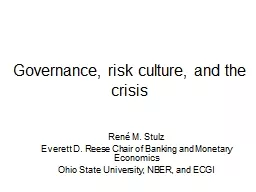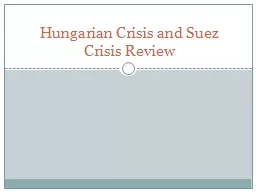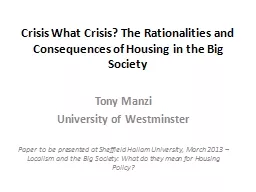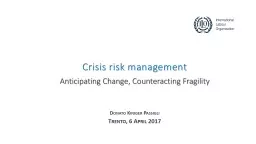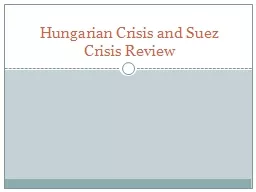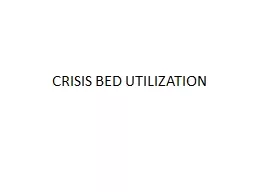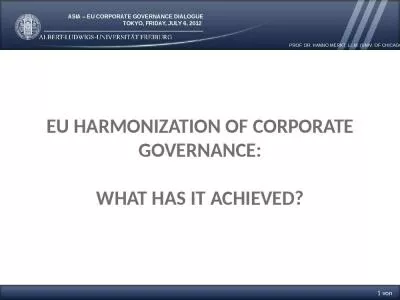PPT-Governance, risk culture, and the crisis
Author : danika-pritchard | Published Date : 2016-06-15
René M Stulz Everett D Reese Chair of Banking and Monetary Economics Ohio State University NBER and ECGI How does return performance differ Sample of 164 large
Presentation Embed Code
Download Presentation
Download Presentation The PPT/PDF document "Governance, risk culture, and the crisis" is the property of its rightful owner. Permission is granted to download and print the materials on this website for personal, non-commercial use only, and to display it on your personal computer provided you do not modify the materials and that you retain all copyright notices contained in the materials. By downloading content from our website, you accept the terms of this agreement.
Governance, risk culture, and the crisis: Transcript
Download Rules Of Document
"Governance, risk culture, and the crisis"The content belongs to its owner. You may download and print it for personal use, without modification, and keep all copyright notices. By downloading, you agree to these terms.
Related Documents

